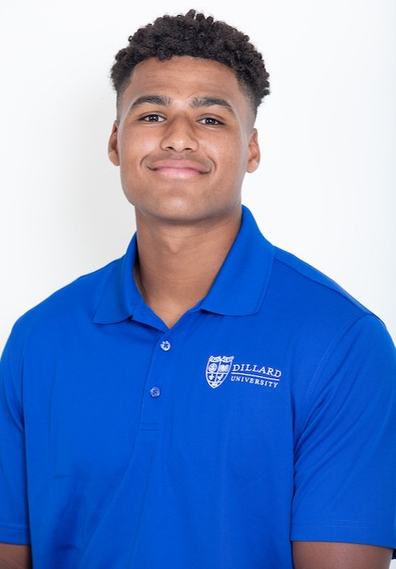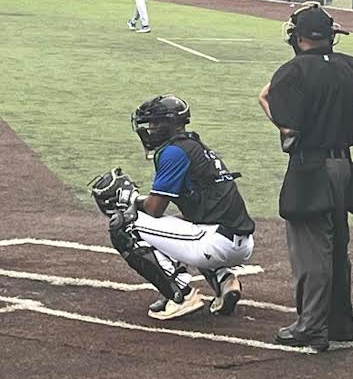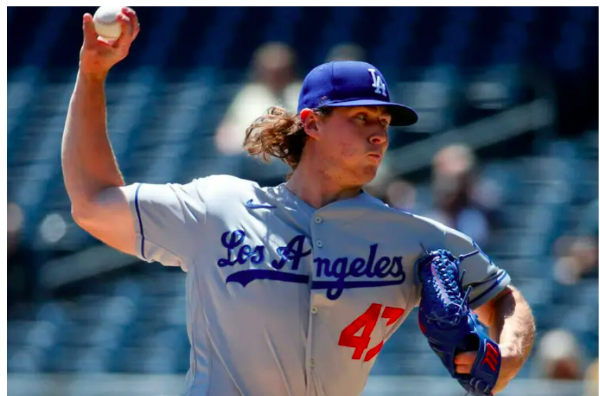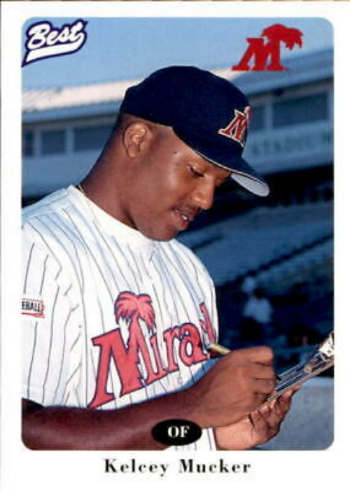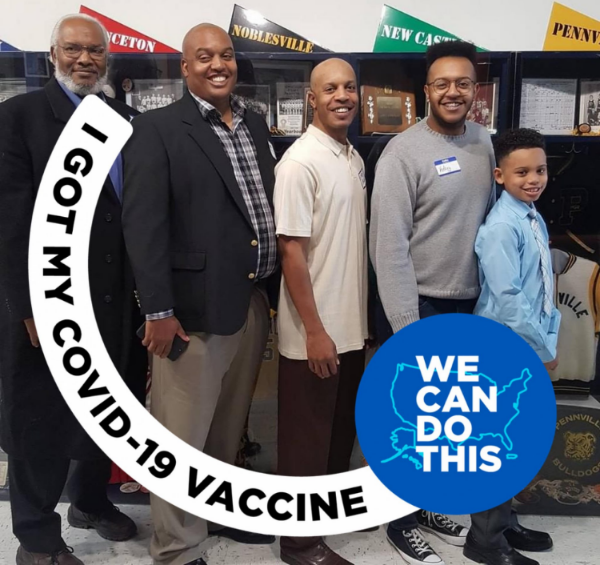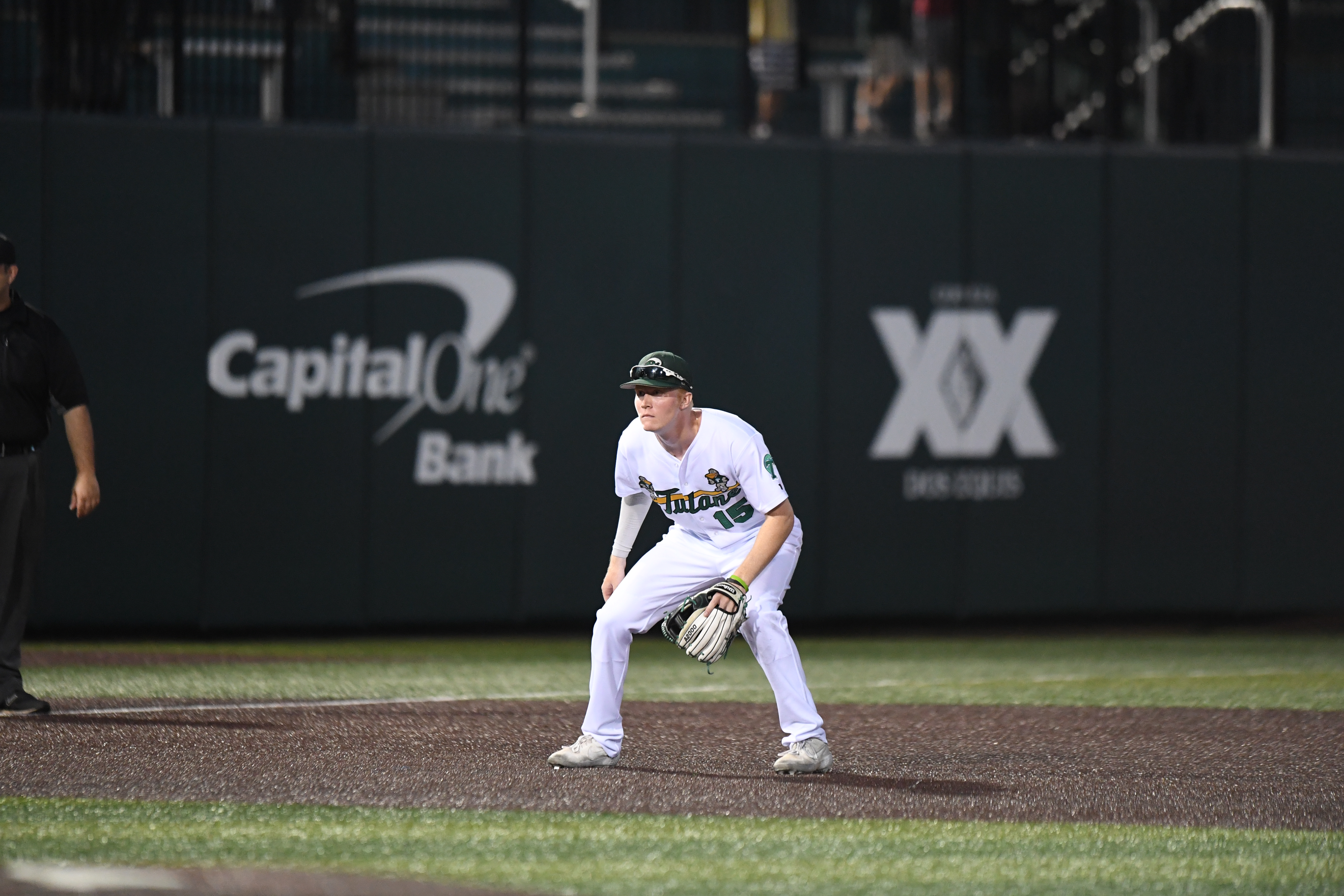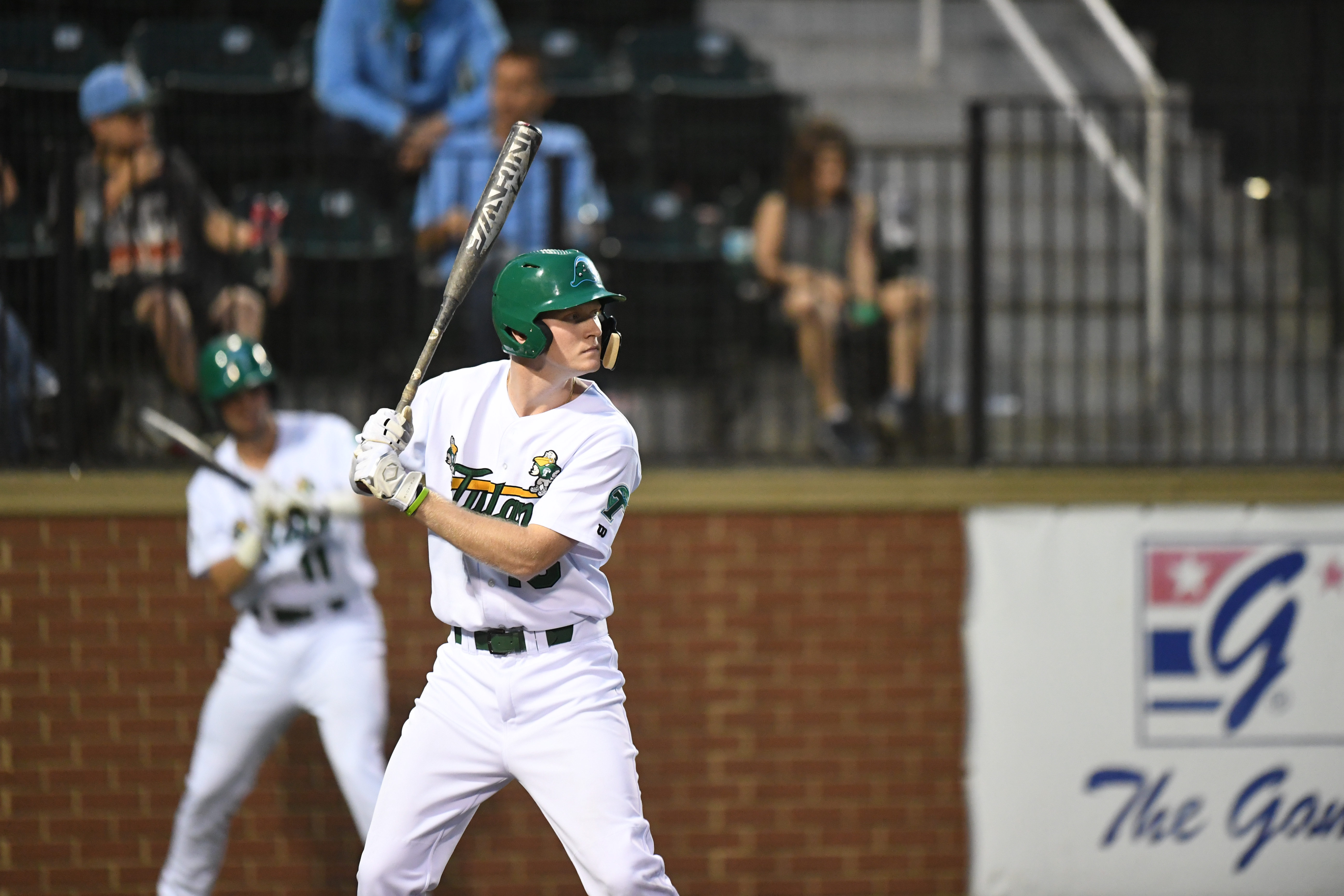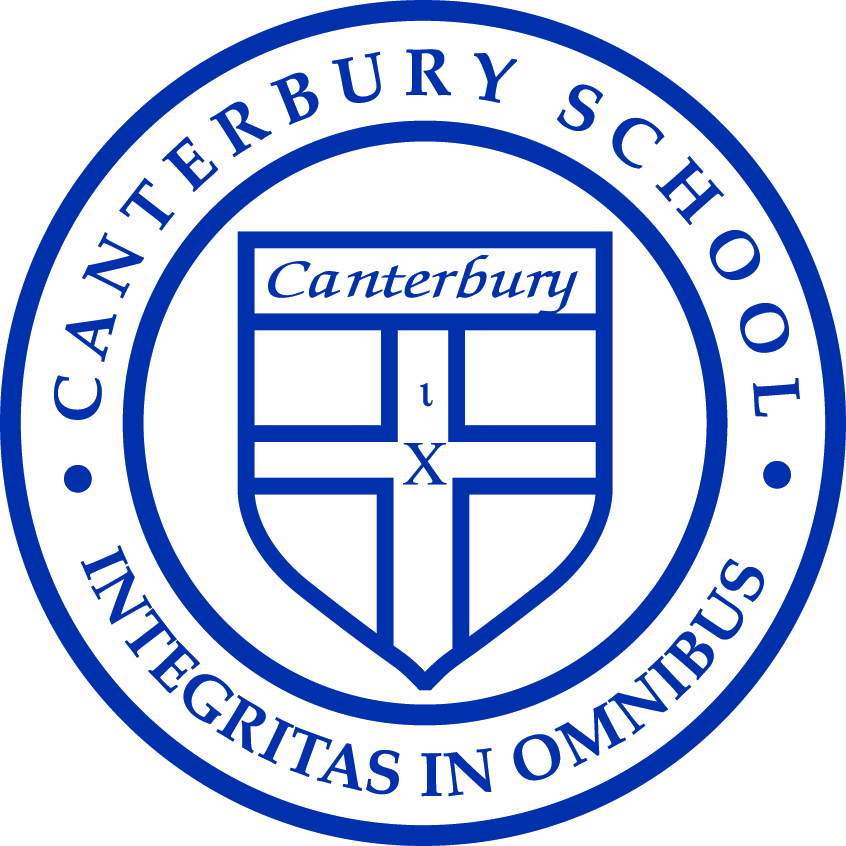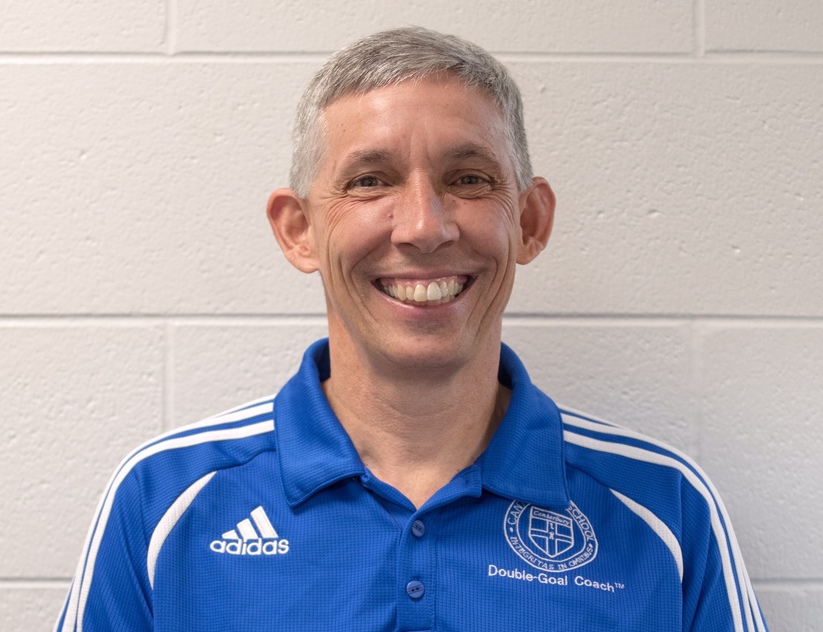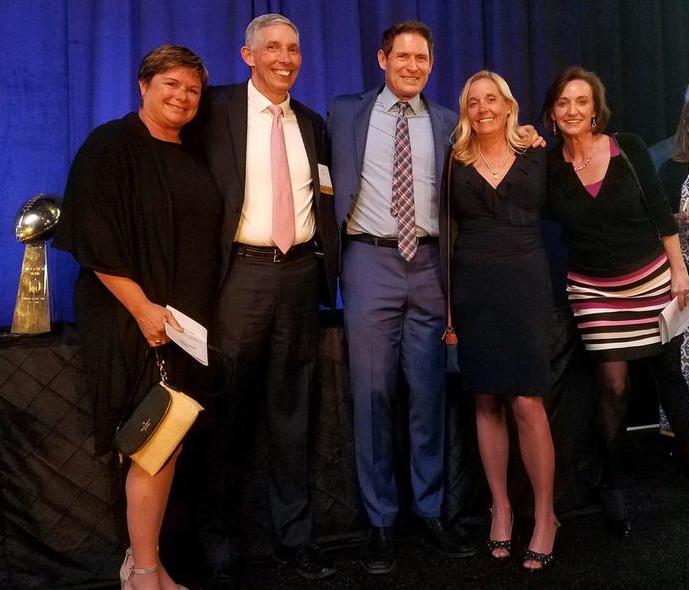
BY STEVE KRAH
http://www.IndianaRBI.com
What’s a player in Major League Baseball worth?
The player’s side has one figure in mind.
The club side presents another number.
To decide who wins, it sometimes comes down to a third party — an arbitrator.
Thanks to Professor of Law Emeritus Ed Edmonds, University of Notre Dame Law School students get a taste for this process with an internal tournament in the fall and by sending a team to the Tulane International Baseball Arbitration Competition at Tulane University in New Orleans in January.
The 2020 contest was the 13th for the TIBAC, run by the Tulane Sports Law Society as a simulated salary arbitration competition modeled closely on the procedures used by MLB.
According to the Tulane Law School website, “Like most law school moot court competitions, TIBAC’s main goal is to provide participants with the opportunity to sharpen their oral and written advocacy skills.
“However, the competition is unique in that it allows law students to sharpen these skills within the specialized context of MLB’s salary arbitration proceedings.
“The competition is held annually in the early part of the spring academic semester at Tulane University Law School.
“Additionally, at the conclusion of the arbitration competition, Tulane’s Sports Law Society hosts a panel of experts to discuss legal issues related to baseball.”
The popular event usually has a waitlist.
About a decade ago, Edmonds got Notre Dame involved in the TIBAC. For the past five years, there has been an internal contest at Notre Dame.
“We tend have about 12 to 15 students per class that have a very, very strong interest in sports law,” says Edmonds, advisor to Notre Dame Law School’s Sports Communication & Entertainment Law Forum — the student organization that sponsors the internal competition and those that attend the TIBAC. “About three quarters of them were a college athlete or work experience in the sports area. (The internal competition and application) is a much more objective way of picking our team members.”
Edmonds has been doing research on baseball arbitration since the 1980s and co-authored with Frank G. Houdek the book “Baseball Meets the Law: A Chronology of Decisions, Statutes and Other Legal Events” (published by McFarland & Co., 2017).
During the internal arbitration competition, Edmonds advises two-person teams to develop a theme and follow it throughout the whole argument.
Edmonds says he hopes that the Notre Dame Law School, Mendoza College of Business and athletic department will be able to work closer in the future.
Representing Notre Dame at Tulane this time around were team members Kevin Francese, Sebastian Bellm and Ryne Quinlan and coach Elizabeth Lombard.
Francese and Lombard are in their third year of law school (3L). Bellm and Quinlan are in their first year (1L).
Bellm and Quinlan teamed up to win Notre Dame’s internal competition, which centered around former Fighting Irish player and current Baltimore Orioles right fielder Trey Mancini and required the player side argue a penny above the mid-point and the club side a penny below the mid-point to win the argument, besting Francese and Paige Carey in the finals. Francese, Bellm and Quinlan applied and were chosen by Lombard to go to Tulane.
With three rounds, the field was trimmed from 31 to eight on the first day and those eight advanced to the second day. Fordham University won its second straight title. Notre Dame was runner-up in 2019 (team members John Casey, Dominique Fry and Reid Fulkerson were coached by Stephen Scheffel).
The three players featured at the 2020 IBAC were New York Yankees right fielder Aaron Judge, Colorado Rockies right-handed starting pitcher Jon Gray and Milwaukee Brewers lefty closer Josh Hader.
Notre Dame was assigned to argue on the player side for Judge, the club side for Hader and had to be prepared on both sides of the argument for Gray.
TIBAC teams were required to produce exhibit slides and share them with competing teams.
Going before a judge and head-to-head with another team, they argued using a mid-point salary figure for each player.
First came the player argument then the team argument followed by the player rebuttal and team rebuttal. Two people had to talk during each argument. Points were assigned in each round.
Areas considered in the arguments included career contributions, injuries, past compensation, club attendance, team appeal and comparable players aka “comps.”
For Gray, who had a mid-point of $5.4 million, it was New York Mets righty starter Michael Wacha, Atlanta Braves righty starter Mike Foltynewicz and Texas Rangers lefty starter Mike Minor.
Lombard, a Chicago Cubs fan from the Chicago suburb of Western Springs, Ill., has been involved in baseball arbitration competition in all three years of law school. As a 1L, she was a team member. As a 2L, she ran the on-campus tournament and was an assistant coach. As a 3L, she ran the tournament, selected the team and went to Tulane as coach.
“This is unique for law school,” says Lombard. “It’s a non-confrontational way of arguing.”
There were several practice sessions with interruptions just like during the competition. Even law school students not involved were asked for their input.
While she could not get too involved, Lombard was able to help team members craft their arguments and edit their 10-page briefs. There were mock trial sessions at Notre Dame.
After the mental exhaustion of law school finals, much of the preparation happened during Christmas break.
TIBAC prizes were on the line for written presentations due in late December and oral presentations given in January.
“It was a really great experience,” says Lombard, who has a position in the general practice group at Sullivan & Cromwell LLP in New York waiting on her after law school. “You don’t have to work in baseball for it to be an asset to you.
“You get to learn about another area of the law. You’re exploring salary arbitration and get to hone general negotiation skills.”
Guests at Tulane have included people like past TIBAC finalist Greg Dreyfuss (Director of Analytics and Baseball Operations for the MLBPA) and former Notre Dame baseball player Matt Nussbaum (Deputy General Counsel for the MLBPA and son of Midwest League president Dick Nussbaum).
“It’s super cool to be able to talk to people in the industry who are interested in our success,” says Lombard.
She nows looks at the game in a different way.
“My love for baseball has totally transformed,” says Lombard. “Now I feel I can talk with the best of them. It’s not only back of the baseball card, but advanced statistics.”
Lombard notes that the baseball player market has blown up and its sometimes difficult to value them.
“You get once or twice in a lifetime players,” says Lombard. “(Players rank) somewhere between (new Los Angeles Dodgers right fielder) Mookie Betts and someone else.”
Francese came to ND from Chappaqua, N.Y., which is 30 miles north of New York City. This was his first time in baseball arbitration competition. He pulls for the New York Yankees.
“We were assigned the player side of Aaron Judge, which is great because I’m a Yankee fan,” says Francese. “I had to talk up Aaron Judge, not talk him down. I don’t know how we didn’t win our Aaron Judge argument.
“I do play fantasy baseball. I don’t take (Boston) Red Sox as a policy.”
Bellm, another Cubs fan who moved with his family to Mishawaka, Ind., in 2008 and graduated from Marian High School in 2011. He graduated from St. Bonaventure (N.Y.) University with an accounting and finance degree in 2016. He lived in Chicago for three years before law school.
“This is different than anything I’ve done before,” says Bellm. “I’ve always been a baseball fan. But I had to dig into a deeper level.
“It was also nice change of pace from regular law school.”
Competitors get no extra credit and do the work on their own time.
Bellm notes that baseball salary arbitration is a niche area of the law and there might be 50 lawyers in the country who specialize in it and 20 or so of them attend the TIABC as guest judges.
“Jobs (for lawyers in baseball arbitration) are few and far between,” says Francese. “It’s not a wide spread thing. Certain people in big law firms do it.
“I hope to get back into sports law at some point in my career.”
He says he hopes to stay involved with the competitions throughout his time in law school.
Bellm notes that studying for Mancini’s case was helped by his position.
“With more outfielders, there’s more comps,” says Bellm.
It’s easier to compare corner outfielders than a second baseman to a shortstop.
While competitors had to be versed in the player and club sides, Bellm says the argument was stronger on the player side for Mancini, who was coming off a strong platform year (the season before arbitration). It’s their most-recent performance.
Mancini had a solid rookie year, a sophomore slump then had a uptick in his platform year. Those arguing for the player would emphasize his improvement. On the club side, they would point out a lack of consistency.
“It’s one of the most important factors considered in the Collective Bargaining Agreement (between the 30 MLB clubs and the MLBPA),” says Bellm of the platform year.
To make the competition more realistic, only real arbitration-eligible players are used. If a player’s real case is settled prior to the competition, that information can’t be used.
Edmonds says in most years 150 to 170 MLB players are arbitration-eligible, but few of those go to hearings.
For the record, Judge and the Yankees avoided arbitration and the club agreed to pay him $8.5 million. His 2019 salary was $684,300.
Gray and the Rockies reached an agreement and avoided arbitration. His salary went from $2.925 million in 2019 to $5.6 million in 2020.
Hader lost his arbitration case. He requested $6.4 million. He was given $4.1 million.
Mancini and the Orioles avoided arbitration. He earned 575,500 in 2019 and signed for $4.75 million in 2020.
Quinlan is from the Chicago suburb of Algonquin, Ill. He received a undergraduate and master’s accounting degrees from Notre Dame in 2016 and 2017. He serves in the U.S. Army National Guard.
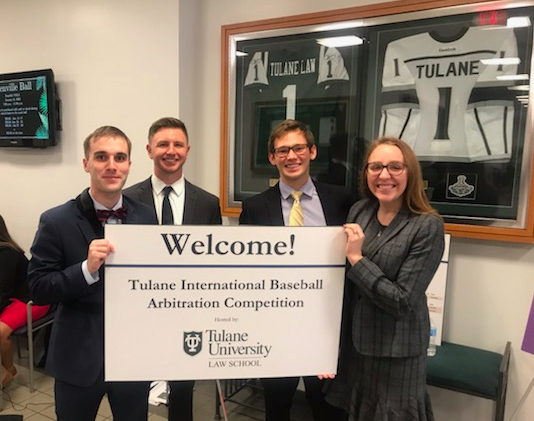
Repesenting Notre Dame Law School at the 2020 Tulane International Baseball Arbitration Competition (from left): team members Kevin Fracense, Sebastian Bellm and Ryne Quinlan and coach Elizabeth Lombard.

